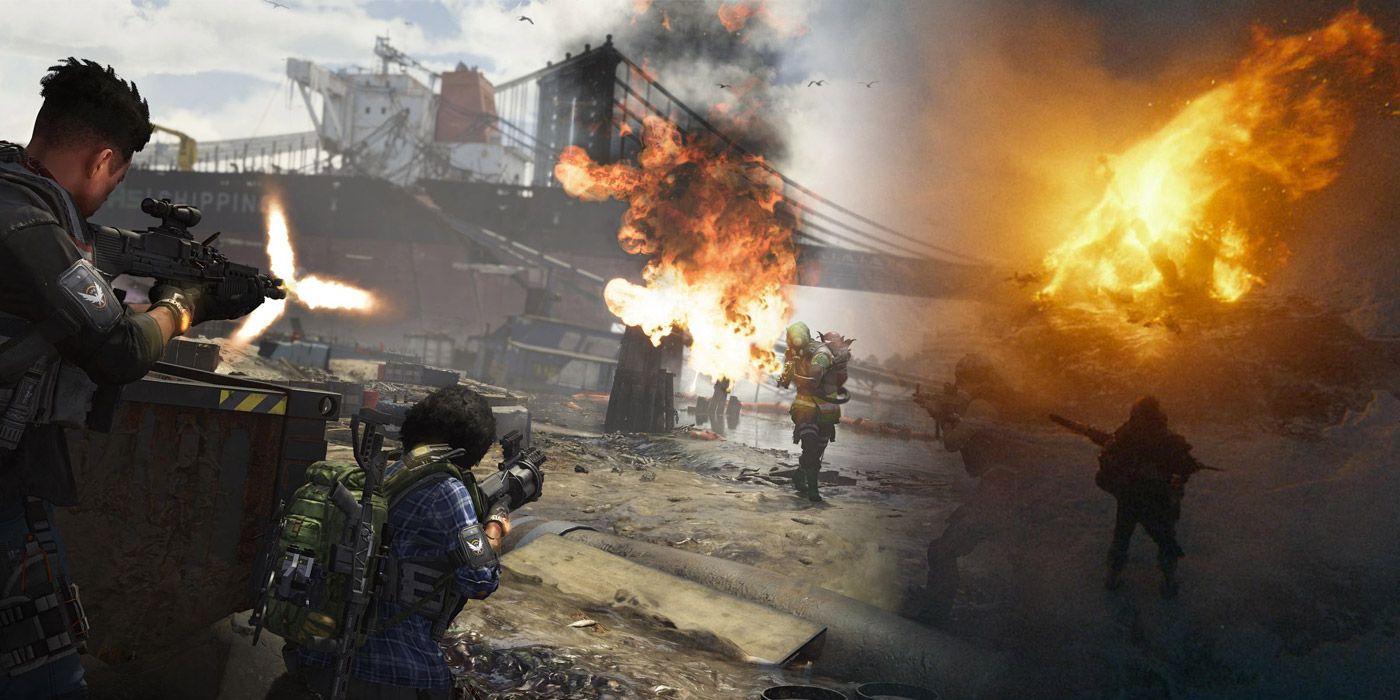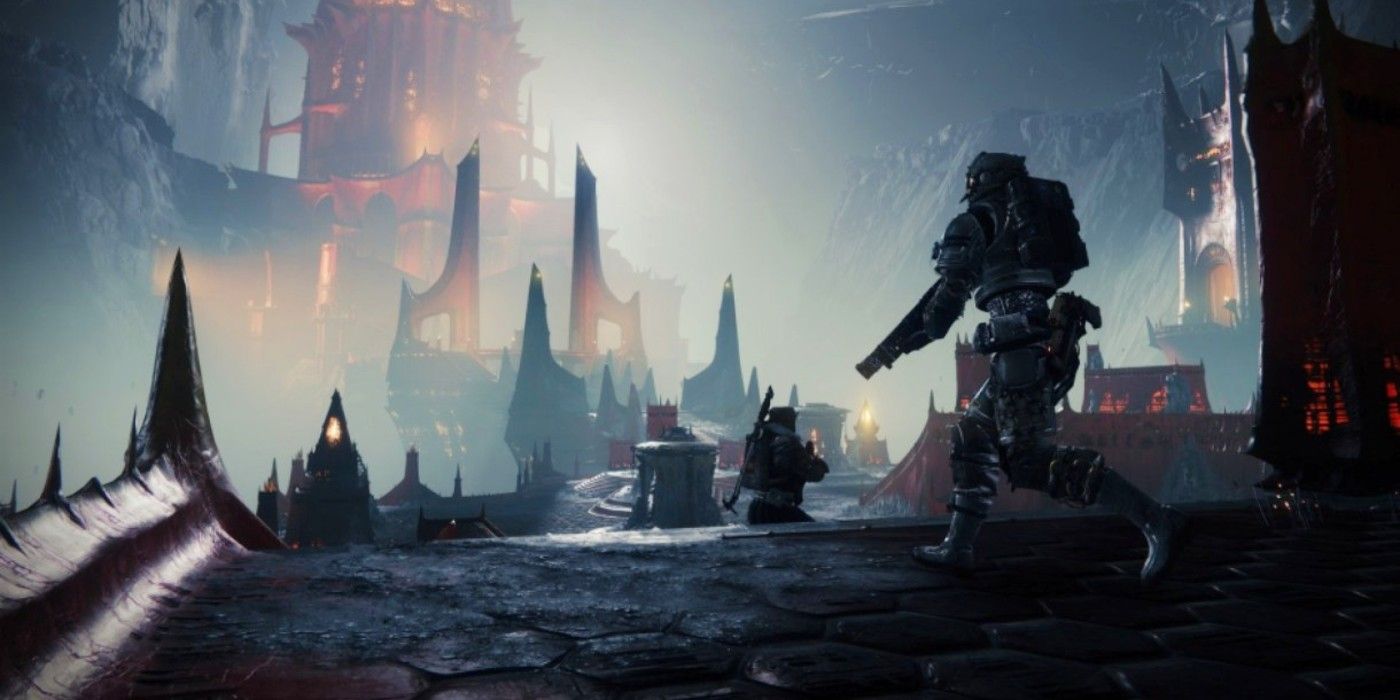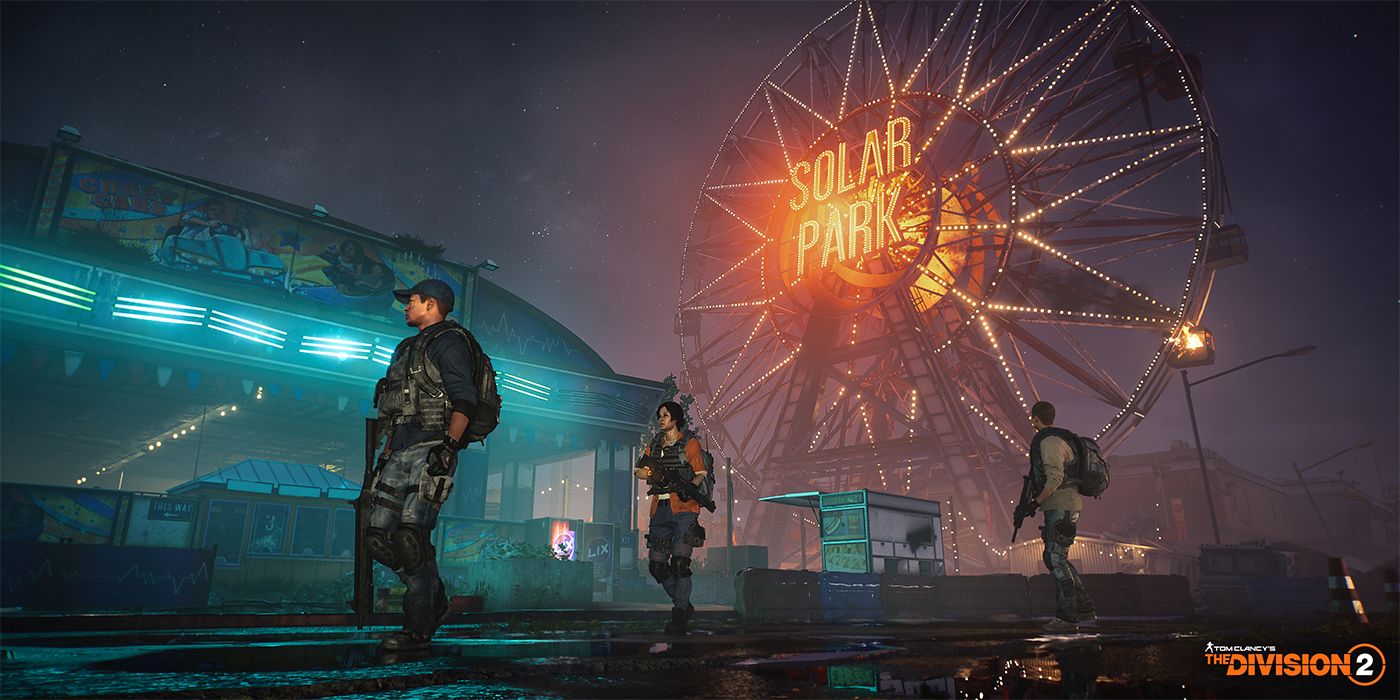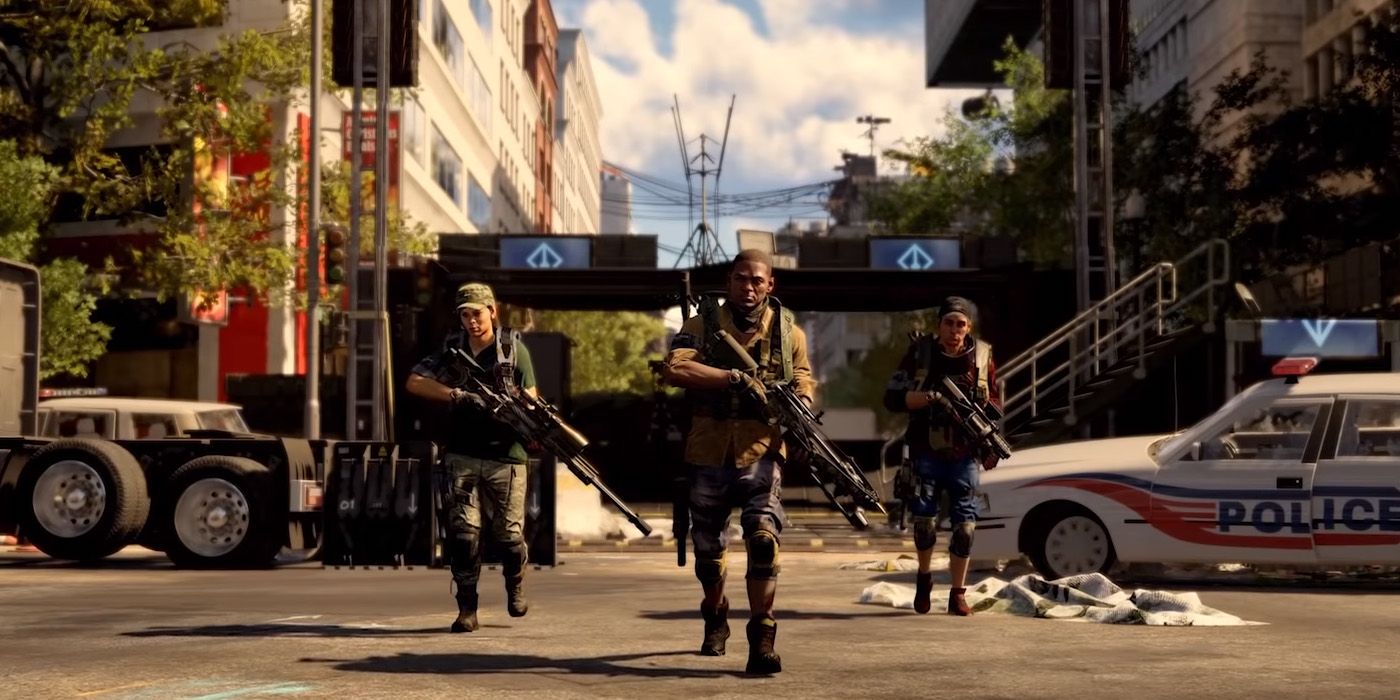The Division 2 and Destiny Could Learn A Lot From Each Other

The rise of live service has drastically changed what it means for a game to be successful. While sales are still a good core indicator, the goal for live service games isn't just to get players to buy the game, it's to keep them engaged with it for as long as possible. If history is any indicator, it's very difficult to get these games right. And while Destiny 2 is still the top dog, The Division 2 gets a lot right that Destiny gets wrong, though both can learn a lot from one another.
The launch of the original Division game didn't go well. While it improved over time, the launch was criticized for a number of reasons, from the gameplay loop to visual downgrades compared to the original E3 presentation for the game. Lots of iteration and a few years later, and The Division 2 is now on the market, righting many of the first game's wrongs with a new setting, better visuals, and richer environments.
Destiny, on the other hand, has been a different story. While the franchise has had its highs and lows, it's undeniably had a greater impact on the industry than any of its contenders, whether that's The Division, Anthem, or any of the other service games that have launched in the wake of Bungie's sci-fi shooter. But those that have become less enamored with Destiny 2 might want to give The Division 2 a try, and there are some things that Bungie should incorporate in Destiny.

One of the most demonstrable upper hands The Division 2 has over Destiny 2 is the frequency at which players are rewarded. Destiny 2 is a hardcore grind. Earning a weapon often takes hours of investment, and the rewards gained from individual activities often aren't worth the time spent completing them. Of course, earning an Exotic is a great feeling, but one that Destiny 2 reserves for relatively rare occasions.
The Division 2, on the other hand, tends to drop gear at a higher rate, and it's easier to find relevant pieces thanks to the targeted loot system, which gives players an idea of the pieces they'll earn before diving into a mission. However, the designs aren't as exciting as what Destiny 2 offers, and it isn't as easy to appreciate the models due to the third person camera angles.
Loot is at the center of both games. It's the driving force behind everything that players do, and both The Division 2 and Destiny 2 have flaws in that department. There's a delicate balance that needs to be struck with both games, one that neither has ironed out completely yet, though it would solve many players' woes if it were.
For The Division, this means creating higher tier items that feel removed from everything else in the game, similar to how Destiny handles its own Exotic items. And for Destiny, offering players more consistent rewards – and being more transparent with earned rewards – would go a long way to keep players engaged, especially for more casual players.

Both The Division and Destiny have excelled at crafting jaw-dropping environments, but for entirely different reasons. The post-collapse look of The Division is quite possibly its most-compelling element, taking locations that many players are already familiar with, and shepherding players through what they look like when they're ruined. Destiny takes a different approach. Seeing how humanity has yet to conquer the stars, Destiny takes players through downtrodden ruins of human structures on other planets, as well as the fortifications of many alien factions. Plus, it has raw visual fidelity that's, quite simply, pleasing to look at.
Both of these are appealing for different reasons, and both convey their own unique stories in the context of the world. The player's Ghost runs through a location's history in Destiny, while Echos and environmental cues clue players in on stories in The Division. The difference is the emotional connection players get seeing something they're familiar with being run-down in The Division, versus the "wow" factor the sharp visuals and outlandish structures Destiny boasts.
This isn't something that can't easily be changed now, simply due to the established universes in both games. But a blend of these two design philosophies could create some stunning environments, ones that are equal parts fantastical and believable. Of course, level design is a long and complicated process. It's understandable that it can't necessarily be both ways, but finding a middle ground seems like an excellent way to keep players coming back in the future.

Environmental storytelling is one thing, but the narratives baked into The Division and Destiny have been the subject of criticism since they launched. While the sequels greatly improved on the originals, they still haven't perfectly nailed down the storytelling element. This is a much bigger problem in The Division 2 than it is in Destiny 2, but the gameplay is much more refined than the stories in both.
Destiny has been more consistent with introducing narrative-driven content since it launched, though The Division 2's Warlords of New York expansion did close some loose ends from the first games, while opening up plenty of new ones. Neither can match the cinematic structure of other, more recent triple-a games, though. While that may be an unreasonable expectation for a continually evolving narrative, fans will undoubtedly want richer stories moving into next-gen games.
For The Division, that means incorporating a narrative with more fleshed-out characters, deeper stories, and a more involved protagonist. It's difficult to criticize Destiny 2's narrative when the next major expansion, which will introduce plot elements that have been alluded to since the first game launched, will usher in an entirely new era of Destiny, however.
Neither game is perfect, and it will likely be quite some time before either gets a proper sequel. For now, players are largely stuck with what they have, and while that isn't a bad thing per se, there are plenty of ways the games could be improved in the future, especially if they learn from each other.

Post a Comment